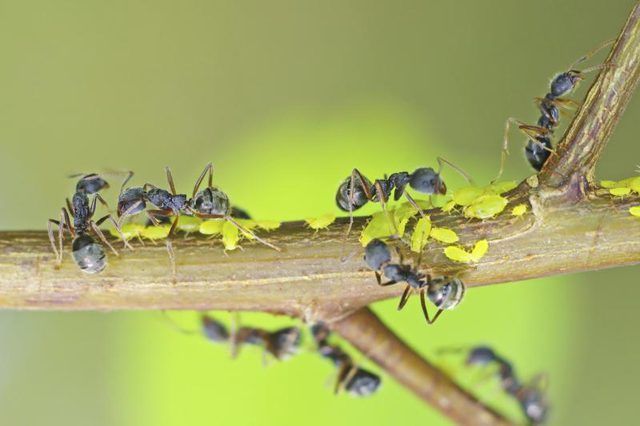Bulbs
Flower Basics
Flower Beds & Specialty Gardens
Flower Garden
Garden Furniture
Garden Gnomes
Garden Seeds
Garden Sheds
Garden Statues
Garden Tools & Supplies
Gardening Basics
Green & Organic
Groundcovers & Vines
Growing Annuals
Growing Basil
Growing Beans
Growing Berries
Growing Blueberries
Growing Cactus
Growing Corn
Growing Cotton
Growing Edibles
Growing Flowers
Growing Garlic
Growing Grapes
Growing Grass
Growing Herbs
Growing Jasmine
Growing Mint
Growing Mushrooms
Orchids
Growing Peanuts
Growing Perennials
Growing Plants
Growing Rosemary
Growing Roses
Growing Strawberries
Growing Sunflowers
Growing Thyme
Growing Tomatoes
Growing Tulips
Growing Vegetables
Herb Basics
Herb Garden
Indoor Growing
Landscaping Basics
Landscaping Patios
Landscaping Plants
Landscaping Shrubs
Landscaping Trees
Landscaping Walks & Pathways
Lawn Basics
Lawn Maintenance
Lawn Mowers
Lawn Ornaments
Lawn Planting
Lawn Tools
Outdoor Growing
Overall Landscape Planning
Pests, Weeds & Problems
Plant Basics
Rock Garden
Rose Garden
Shrubs
Soil
Specialty Gardens
Trees
Vegetable Garden
Yard Maintenance
How to Stop an Aphid Infestation on a Lemon Tree
How to Stop an Aphid Infestation on a Lemon Tree. Lemon trees (Citrus x limon) grow in U.S. Department of Agriculture plant hardiness zones 9 through 11, where their tender new growth attracts aphids for most of the year. Aphids may never get the call from Hollywood, but as insects with Transformer talents, they certainly deserve it. These insects...

Lemon trees (Citrus x limon) grow in U.S. Department of Agriculture plant hardiness zones 9 through 11, where their tender new growth attracts aphids for most of the year. Aphids may never get the call from Hollywood, but as insects with Transformer talents, they certainly deserve it. These insects adapt to environmental changes with remarkable speed. If a food source dries up, the flightless pests produce winged offspring that ride wind currents to another. When food is plentiful, aphids are born pregnant and give birth within a week. Stopping an out-of-control aphid infestation protects a lemon tree from serious damage.
The Aphid-Ant Connection
Only a tiny portion of the sap aphids drain from lemon leaves and buds is metabolized. The insects excrete what's left as carbohydrate-dense, sticky honeydew.
Ants race to honeydew-drenched lemon trees to collect the goo, herd the aphids to unpopulated leaves and protect them from their natural predators. The larger an aphid infestation, the more ants a tree attracts. Attempts to stop an aphid infestation are ineffective until you solve the ant problem.
Taking Anti-Ant Measures
Wrapping a 6-inch band of duct tape around the lemon's trunk and coating it with petroleum jelly traps ascending ants before they reach the aphids. Monitor the band regularly and reapply the petroleum jelly as needed. If the band becomes clogged with ants, replace it.
Deny ants access to the branches by pruning them 2 feet from the ground or nearby structures and plants. Use shears that have been wiped with a cloth soaked in rubbing alcohol to help prevent the spread of disease.
Wipe out ants by placing sugar-based, ready-to-use boric-acid ant baits along the foraging trails leading to the lemon tree. The insects carry the bait back to their nests, where the slow-acting boric acid kills the colonies within a few days.
Bringing in the Predators
Without ants to threaten them, it's safe to enlist beneficial insects in the aphid-eradication effort. Convergent lady beetles, green lacewings and Aphidius wasps are among many insects that devour the pests.
Dozens of small, shallow-faced flowers attract the beneficials with their pollen and nectar. Good choices are the annuals dill (Antheum graveolens) and French marigold (Tagetes patula), or perennial fennel (Foeniculum vulgare), which grows in USDA zones 4 through 9.
Pruning and Rinsing
When an aphid infestation is restricted to a few leaves and twigs, prune them off and dispose of them in sealed plastic bags. On larger trees, aphid colonies often shelter in the inner canopies. Prune out the severely infested branches, and again, seal them in plastic bags for disposal. Remove the branches with clean, sharp, disinfected pruning tools.
If the lemon tree is small, dislodge the aphids by rinsing them off with a strong blast of hose water. Spraying in early morning lets the tree dry quickly, and reduces the risk of fungal infection.
Spraying With Insecticidal Soap
Large or persistent aphid infestations may require spraying with organic, ready-to-use insecticidal soap, which smothers them on contact, but won't hurt predator insects or bees once dry. When no bees are foraging, the temperature is below 90 degrees Fahrenheit and the tree is out of direct sun, water it well and spray until both sides of all the stems and leaves drip. Repeat every two or three days, or as often as the product label suggests, until the infestation drops to a predator-manageable level. When working with any insecticide, dress in protective clothing and eyewear and follow the label's precautions.